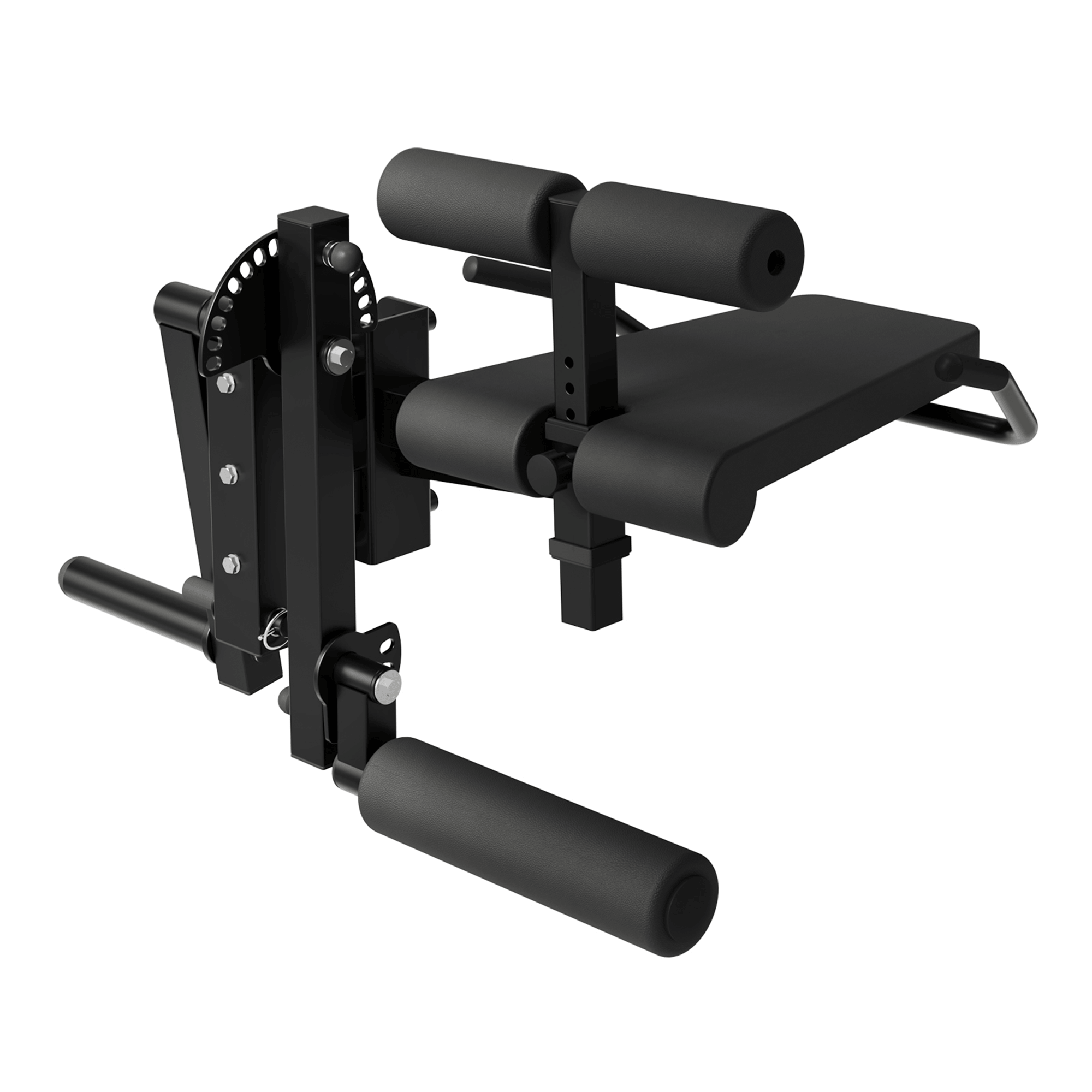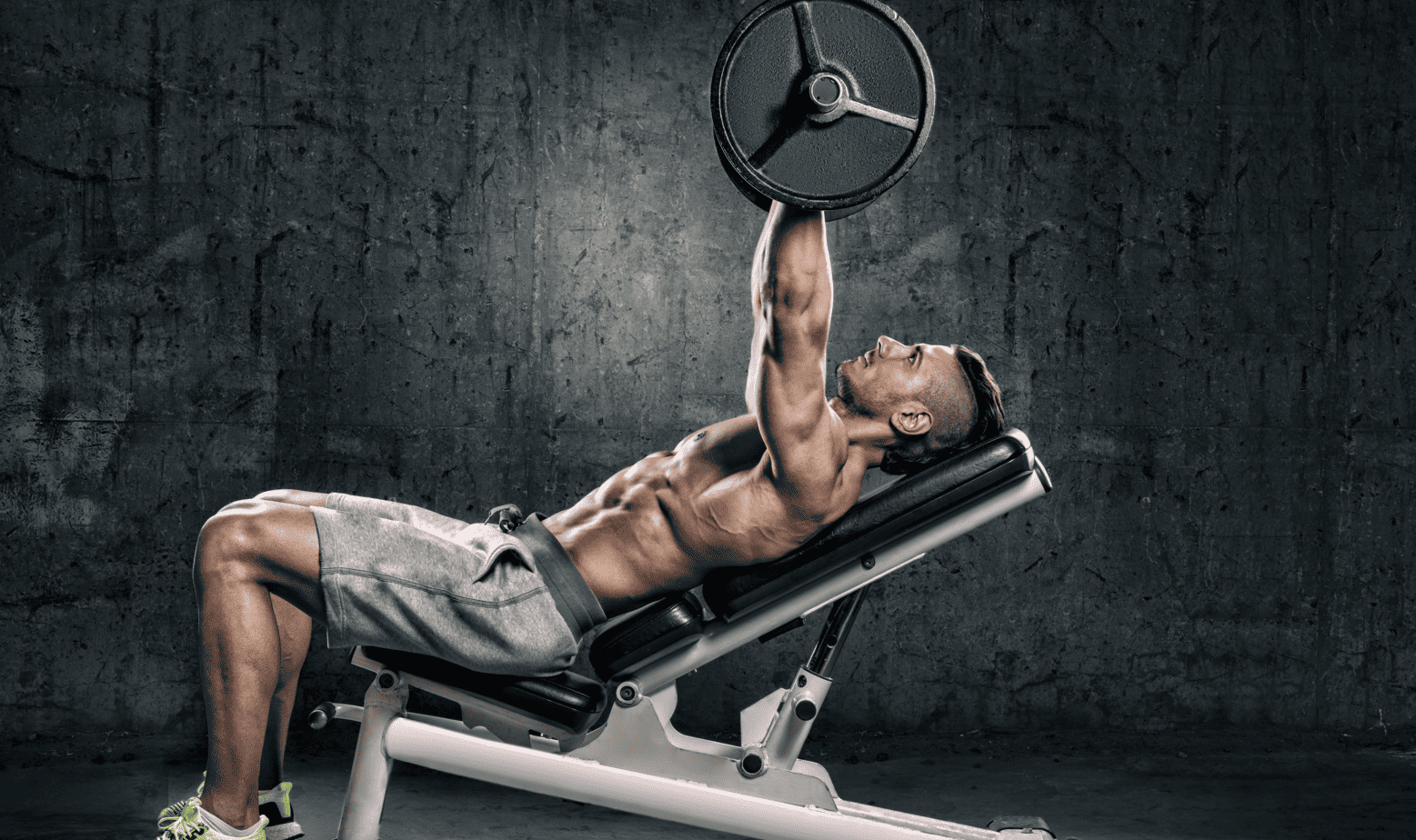When it comes to strength training, posture improvement, or injury prevention, few areas are as critical as the shoulder muscles. A clear understanding of the shoulder anatomy front view and shoulder muscles back view isn’t just for bodybuilders or physical therapists—it’s vital knowledge for anyone who values performance, longevity, and smart training.
In this article, we’ll walk through the front and back views of the shoulder muscles, highlight the key players in shoulder movement, and offer evidence-based training tips to develop and protect your deltoids effectively.
Shoulder Anatomy: Front View
From the front view of shoulder muscles, three primary muscles dominate the landscape:
1. Anterior Deltoid
-
Location: Front of the shoulder
-
Function: Shoulder flexion, internal rotation, and horizontal adduction
-
Training Tips: Best activated through front raises, Arnold presses, and incline dumbbell presses
2. Pectoralis Major (Clavicular Head)
-
Location: Upper chest, connects to the shoulder
-
Function: Assists with flexion and internal rotation
-
Training Tips: Focus on incline bench press and cable crossovers to emphasize this region
3. Biceps Brachii (Long Head)
-
Location: Front of upper arm, crosses the shoulder joint
-
Function: Assists in shoulder flexion and elbow flexion
-
Training Tips: While not a shoulder muscle per se, its role in shoulder movement makes curls with shoulder flexion (like preacher curls) useful
Shoulder Muscles: Back View
Looking at the shoulder muscles back view, we see a complex network of stabilizers and movers that are critical for posture and performance:
1. Posterior Deltoid
-
Location: Rear of the shoulder
-
Function: Shoulder extension, external rotation, and horizontal abduction
-
Training Tips: Rear delt flys, face pulls, and bent-over reverse flys are must-haves
2. Trapezius (Upper, Middle, Lower)
-
Function: Scapular elevation, retraction, and depression
-
Training Tips: Shrugs for upper traps, rows for mid traps, and Y-raises for lower traps
3. Rhomboids
-
Function: Scapular retraction and stabilization
-
Training Tips: Include T-bar rows and seated cable rows in your program
4. Teres Minor & Infraspinatus (Rotator Cuff)
-
Function: External rotation and shoulder stabilization
-
Training Tips: Incorporate banded or dumbbell external rotations for injury prevention
Training the Shoulder for Balance and Longevity
To effectively develop and protect your shoulders:
-
Train all three heads of the deltoid (anterior, lateral, posterior) with focused isolation work
-
Balance pushing with pulling movements to avoid postural imbalances
-
Warm up the rotator cuff with light resistance band exercises before heavy lifting
-
Recover properly—shoulders are prone to overuse injuries due to their high mobility
Conclusion
Whether you're optimizing your workout plan or simply curious about body mechanics, understanding the shoulder anatomy front view and shoulder muscles back view gives you a functional edge. From the anterior deltoid to the infraspinatus, every muscle plays a role in your performance and posture.
Train smart, stay balanced, and respect the complexity of the shoulder joint—it’s the key to lifting strong and aging well.













































Leave a comment
This site is protected by hCaptcha and the hCaptcha Privacy Policy and Terms of Service apply.